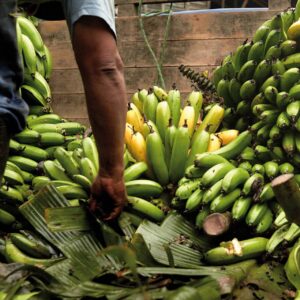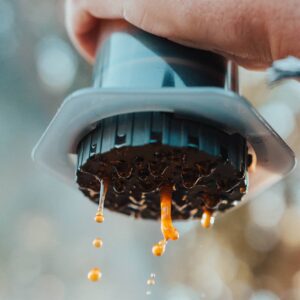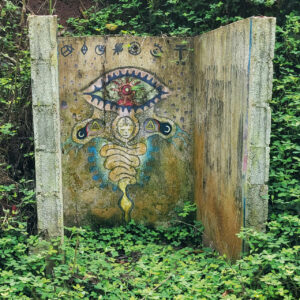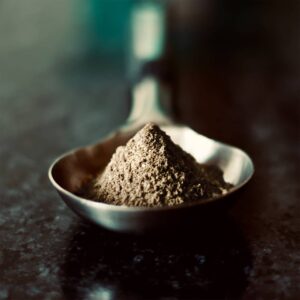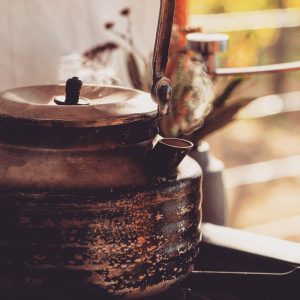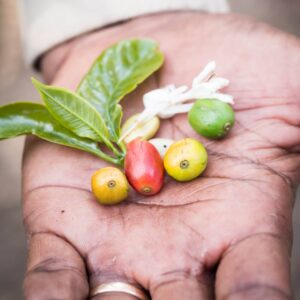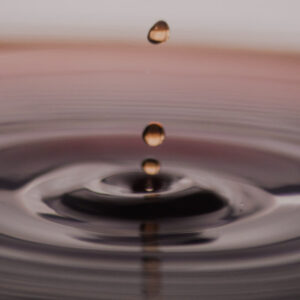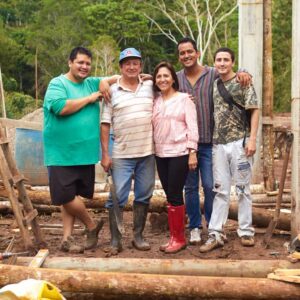Coffee consumption
Coffee consumption, noun: Statistically every person in Germany drinks 150 liters of coffee per year (versus 130 liters of mineral water and 110 liters of beer). This corresponds roughly to 6-7 kilograms of coffee beans. How healthy or unhealthy drinking coffee actually is is constantly being debated by the experts. What is certain is that coffee does not dehydrate you and doesn’t cause morbidly high blood pressure. At least not if you don’t exceed the average amount Germans drink: 0.6 liters per day.




